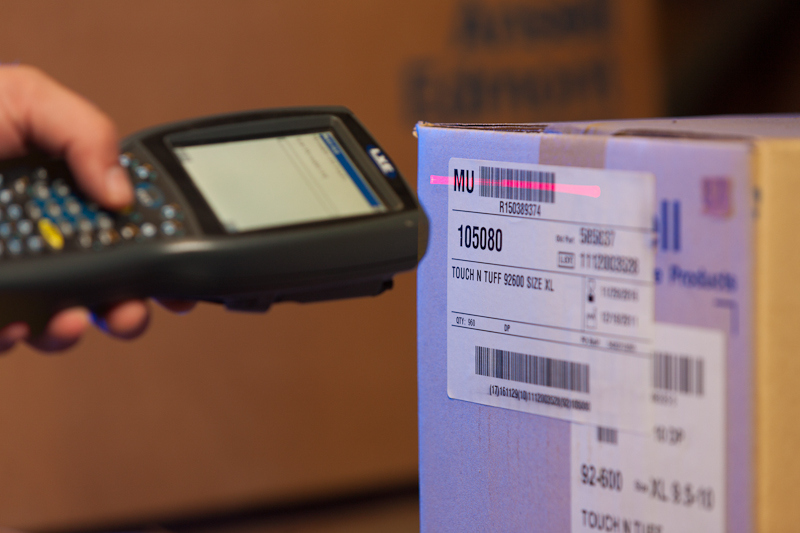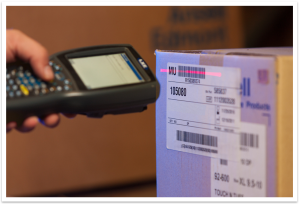Glass Warehouse Initiative – Creating Visibility in Receiving


By Dave Jesse, COO
I am excited to bring you the first post on our new BLI Blog. This will be a place where we share resources on our core offerings, offer business best practices, and discuss industry trends. Here you’ll find posts from employees across all areas of our business, including leadership, operations, sales, and marketing. The idea is to create a unique engagement format by providing great insight into our company and the logistics industry.

With that said, I’d like to utilize this first post to dive deeper into our Glass Warehouse Initiative. Hopefully by now you’ve had a chance to read the announcement we distributed in November of last year (if not, click here). The Glass Warehouse Initiative breaks down into three key areas of focus for Bonded Logistics – systems, technology, and data. Each plays an integral part in creating visibility throughout our facilities, from receiving and shipping to physical inventories and returns to data analytics. My focus for this post will be to discuss the first of these areas, receiving.
There are a lot of moving parts to ensure visibility in receiving. But before it even starts, we go through a thorough and in depth onboarding process to get our clients set-up in our WMS (warehouse management system) powered by Cadre Technologies. This process enables us to get a complete understanding of our client’s business requirements as well as makes sure any information we are sharing through EDI or any other means of communication is accurate and timely. This is also when our clients gain access to our secure intranet site, Bonded Logistics Web Portal (BLI Web), for 24/7 real-time access to what’s going on with their products inside our facilities.
Visibility into our receiving process is immediate and in real-time when the shipment arrives at our receiving dock. We get notification from our client informing us of what is coming as well as how it’s arriving (typically land or air freight). As products are unloaded onto our receiving dock, they are checked in, counted, and prepared for storage. We assign bar coded license plates called MU’s (movable units) that track the inventory throughout the warehouse. We scan that label using RF guns linked to warehouse wifi, immediately making data available in our BLI Web portal. Clients see in real-time what products we are receiving. This helps them confirm the data is matching what they sent us.
Once the truck has been unloaded, the next step is to place all the product into storage in the warehouse. We take into consideration many elements (weight, type, size) when determining a location, but the most important is velocity slotting. This simply means we work together to rank your products by how quickly they turn (in and out); then group them together and put the faster moving one’s closest to our loading docks to increase productivity. Once it is placed, the product is scanned again with the RF gun to confirm it’s placed in inventory. These updates are made in real-time in our WMS and shared through EDI to our customer’s ERP systems. Once our customer’s system sees the inventory, they have the ability to start sending orders our way.
The entire receiving process takes 24 hours or less to complete, and there are certain cases when we have the flexibility to turn it around in hours. This can be especially important when customers have critical items that need to be shipped out as soon as possible, such as medical supplies to an ER unit in a hospital. Our WMS alerts us to these orders on the loading dock and allows us to cross dock them without putting the items into storage.
The great benefits of visibility in receiving is the ability for our clients to have a place where they can see in real time what’s come in, where it’s located, and how much is available. Accurate and timely information is crucial as client’s process orders as well as forecast for the upcoming quarter and year.
Does your logistics partner offer up this kind of visibility? If not, reach out to us so we can discuss how we can help.
